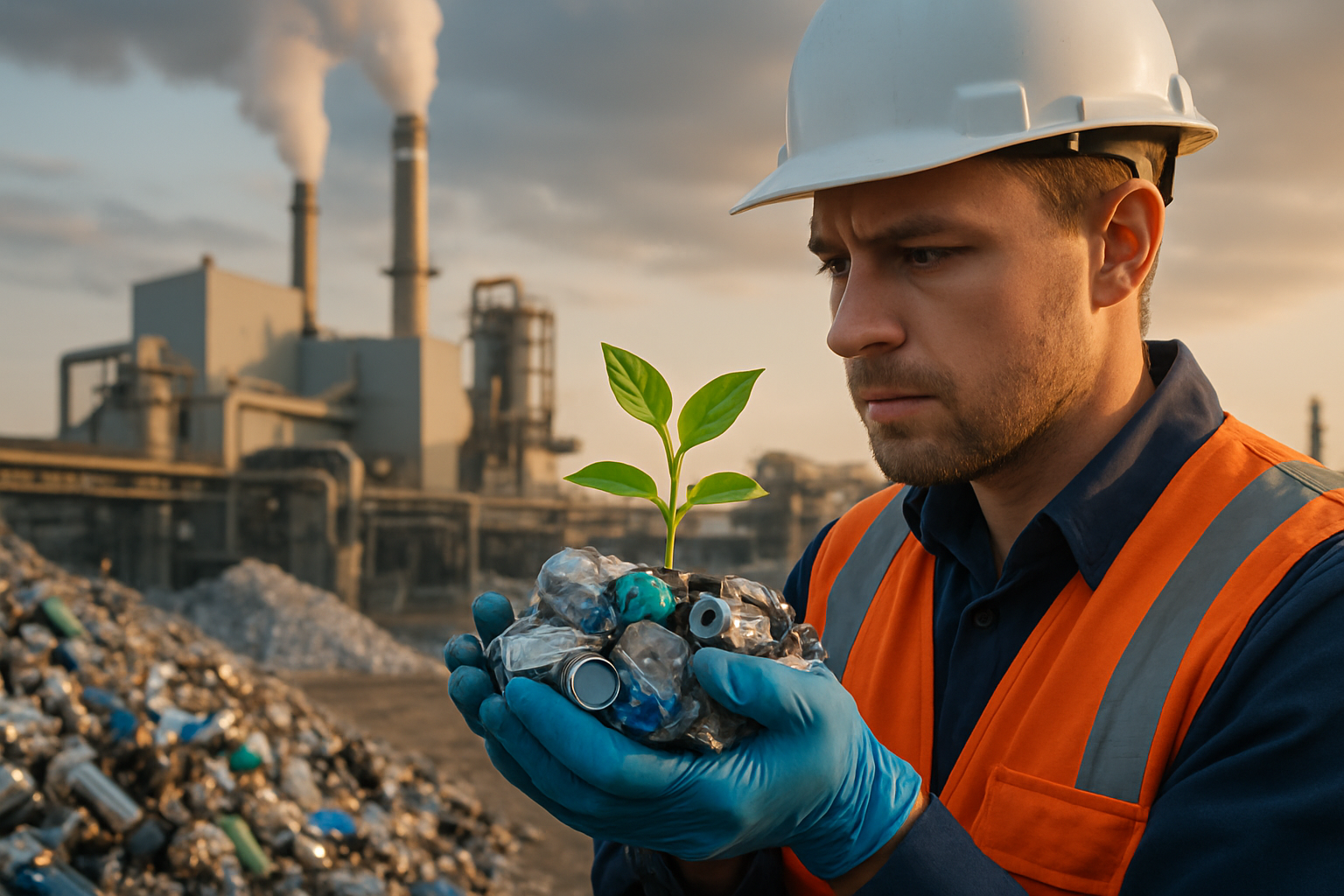Harnessing Bioplastics in Industrial Manufacturing
The intersection of sustainability and industrial manufacturing has given rise to innovative solutions that address environmental concerns while maintaining operational efficiency. Bioplastics, derived from renewable biomass sources, are emerging as a game-changing material in various manufacturing sectors. This article delves into the transformative potential of bioplastics in industrial manufacturing, exploring their applications, benefits, and the challenges that come with their integration.

Diverse Applications Across Industries
The versatility of bioplastics has opened doors to a wide range of industrial applications. In the automotive sector, manufacturers are incorporating bioplastic components in interior trims, reducing vehicle weight and improving fuel efficiency. The packaging industry has seen a surge in bioplastic usage for food containers and beverage bottles, addressing consumer demand for eco-friendly products. Even in electronics, bioplastics are finding their way into casings and components, offering biodegradable alternatives to conventional materials.
Environmental Benefits and Circular Economy Potential
One of the most significant advantages of bioplastics in manufacturing is their reduced environmental impact. Unlike traditional plastics derived from fossil fuels, bioplastics are produced from renewable resources such as corn starch, sugarcane, or cellulose. This shift not only decreases reliance on non-renewable resources but also contributes to lower greenhouse gas emissions during production. Furthermore, many bioplastics are biodegradable or compostable, aligning with circular economy principles and reducing the burden on landfills.
Challenges in Adoption and Integration
Despite their promising potential, the widespread adoption of bioplastics in industrial manufacturing faces several hurdles. Cost remains a significant factor, as bioplastics are often more expensive to produce than their conventional counterparts. This price differential can be a deterrent for manufacturers operating on tight margins. Additionally, the performance characteristics of bioplastics may not always match those of traditional plastics in all applications, requiring careful consideration and testing before implementation.
Technological Advancements Driving Innovation
The field of bioplastics is witnessing rapid technological advancements that are addressing many of the current limitations. Researchers are developing new formulations that enhance the durability, heat resistance, and barrier properties of bioplastics, making them suitable for a broader range of industrial applications. Innovations in production processes are also helping to reduce costs and improve scalability, making bioplastics more economically viable for large-scale manufacturing operations.
Regulatory Landscape and Industry Standards
As bioplastics gain traction in industrial manufacturing, the regulatory landscape is evolving to accommodate these new materials. Governments and industry bodies are developing standards and certifications for bioplastics, ensuring consistency in quality and environmental claims. These regulations play a crucial role in building consumer trust and facilitating the integration of bioplastics into existing manufacturing processes. Manufacturers must stay informed about these evolving standards to ensure compliance and maximize the benefits of bioplastic adoption.
Supply Chain Considerations
The shift towards bioplastics in manufacturing necessitates significant changes in supply chain management. Sourcing raw materials for bioplastics often involves agricultural products, introducing new variables such as crop yields and seasonal availability. Manufacturers must develop robust supply chains that can accommodate these factors while ensuring a steady supply of materials. Additionally, the processing and recycling of bioplastics may require specialized facilities, prompting the need for new infrastructure and partnerships within the industry.
Consumer Perception and Market Demand
The success of bioplastics in industrial manufacturing is intrinsically linked to consumer perception and market demand. As environmental awareness grows, consumers are increasingly seeking products made from sustainable materials. This shift in consumer preferences is driving manufacturers to explore bioplastic alternatives across various product lines. However, educating consumers about the benefits and limitations of bioplastics is crucial to managing expectations and fostering long-term adoption.
Key Strategies for Implementing Bioplastics in Manufacturing
• Conduct thorough material assessments to identify suitable bioplastic alternatives for specific applications
• Invest in research and development to improve bioplastic properties and processing techniques
• Collaborate with suppliers and industry partners to establish reliable bioplastic supply chains
• Implement pilot programs to test bioplastic integration in manufacturing processes
• Develop clear communication strategies to educate consumers about bioplastic products
• Stay informed about evolving regulations and certifications related to bioplastics
• Explore opportunities for closed-loop recycling systems for bioplastic materials
• Consider the total lifecycle impact of bioplastics, from production to disposal
As the industrial landscape continues to evolve, bioplastics represent a promising avenue for sustainable manufacturing. While challenges remain, the potential benefits in terms of environmental impact and market differentiation are substantial. By carefully navigating the complexities of bioplastic adoption and leveraging ongoing technological advancements, manufacturers can position themselves at the forefront of a more sustainable industrial future. The journey towards widespread bioplastic integration in manufacturing is complex, but the rewards for both businesses and the environment make it a worthwhile pursuit.





